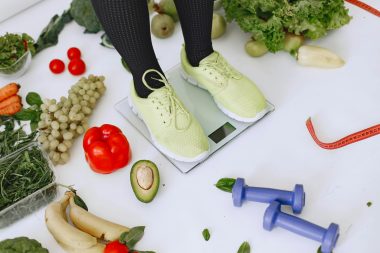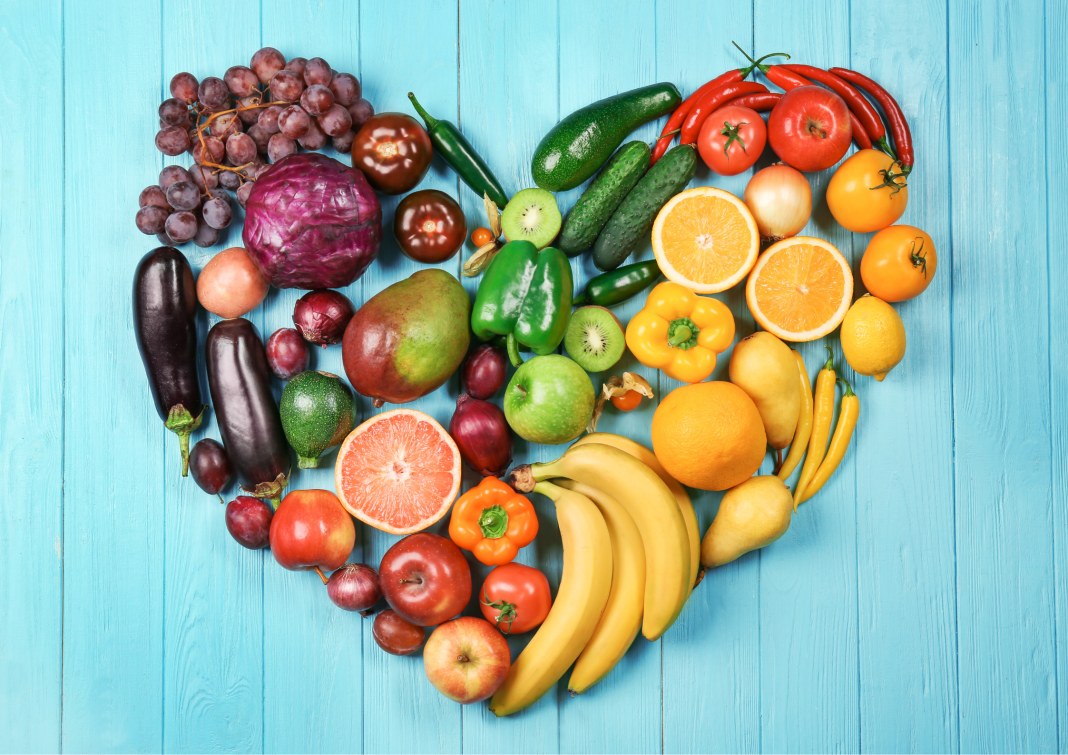Weight-loss drugs are in higher demand now then ever before. Over 90% of health care professionals said they are actively prescribing the drugs in response to patients’ requests, according to a physician online community platform. More people are asking for assistance to lose excess weight, but the cost, limited access, and side effects are making the goal less attainable for most. A survey conducted by The Pew Research Center found over 50 percent of people believe weight-loss drugs are useful options for people desiring to be in a healthy weight range or living with weight-related conditions. Others believe the drugs should not be taken by people without weight-related conditions.
Regardless of your stance on weight-loss drugs and the many causes for obesity, food is the common factor in it all. What we choose to eat (or not eat) is a complex choice created by a lifetime of experiences. Perhaps you recall as a child feeling loved when your grandmother insisted you eat another slice of pie, and now as an adult, you stress eat whenever you feel overwhelmed.

We are bombarded with information about the “right or wrong” foods, and more people are counting points and calories, fasting and/or meal prepping. The cycles of yo-yo dieting and eating disorders are harmful to a person’s overall wellness. Food then becomes our enemy and prison rather than nourishment and energy.
I believe freedom is available for us, and it begins with us intuitively learning what our body needs and likes, preparing when we can, and loving ourselves more each day! Here are a few practical and simple tips to get you started on your journey to nourishing yourself better.
Healthy eating tips for everyone
1. Eat with your eyes & balance your plate: The old saying “eat the rainbow” remains true today. Challenge yourself to eat colorful foods daily and try at least one new food each week. You might surprise yourself! There is probably much more you may like than you expected. A balanced plate of food will include protein, complex carbohydrates, and healthy fats. Swap processed foods for whole foods when you can.
2. Portion sizes matter: Moderation remains a sustainable measurement for portion sizes, you can use your hand to figure out approximate portion sizes of everything you want to eat. Portion size is the amount of a food you choose to eat — which may be more or less than a serving.
The Academy of Nutrition and Dietetics recommends:
- A baseball or an average-sized fist: Measures about 1 cup
- An appropriate portion size for raw or cooked vegetables, whole fruit or 100% fruit juice
- A tennis ball or small, scooped handful: Measures about ½ cup
- Equal to 1-ounce equivalent for grains, such as pasta, rice and oatmeal
- A deck of cards or the palm of the hand: Measures about 3 ounce-equivalents
- An appropriate portion size for fish, chicken, beef and other meats
- The size of the thumb: Measures about 1 tablespoon
- An appropriate portion size for peanut butter or other nut spreads such as almond butter
- A postage stamp or the tip of the pointer finger to the first joint: Measures about 1 teaspoon
- An appropriate portion size for oils or other fats
3. The 80/20 rule: I suggest trying the 80/20 rule of eating, which means on most days you focus on eating whole foods. Then in moderation, you choose to eat something with more calories than you usually eat on other days. I do not consider this a “cheat meal” or “treat” because you are remaining mindful of your eating while enjoying something more indulgent.
4. Eat Slower: “Mindful Eating” is a technique of practicing being in tune with your body and its needs. Ask yourself before making food choice, “Does this serve me? Will eating it help me reach my health and wellness goals?” This approach also encourages you to eat slower, from a plate not packaging, and engage in conversations at mealtimes.
5. Stay hydrated: Oftentimes, when we feel a hunger sensation, it’s the brain’s way of communicating to us a need for more water. Water suppresses appetite, helps us feel satiated faster by filling space in our belly, and boosting metabolic rate. Consider adding a squeeze of fresh citrus juices and herbs into your water for flavoring and digestive benefits.

6. Sleep more: The link between sleep and weight management is attributed mainly to hormones. The production of hormones, leptin (satiety hormone) and ghrelin (appetite hormone), are impacted by how much or how little sleep a person gets per night. When you do not get enough sleep, your leptin levels tend to be low, and your ghrelin levels are high. This means you are likely to overeat as your appetite is stimulated and satiety is suppressed. Aim to get more sleep per night to help regulate hormone levels for better health and wellness outcomes.
7. Community is vital: People with at least one accountability partner are more likely to stay consistent in reaching their health goals. Together you all can discover new recipes, fun workouts and provide motivation to one another on tough days. It is also a great idea to get the whole family on board with eating nutritious foods. Typically, if children prepare meals, they are more likely to eat them.
Friends, food is not our enemy or obsession. Let us live in freedom to nourish our bodies without fear and always love ourselves more than comparisons or insecurities. I’d love to hear from you! Share in the comments any of your healthy eating tips for a sustainable, food loving life.


















